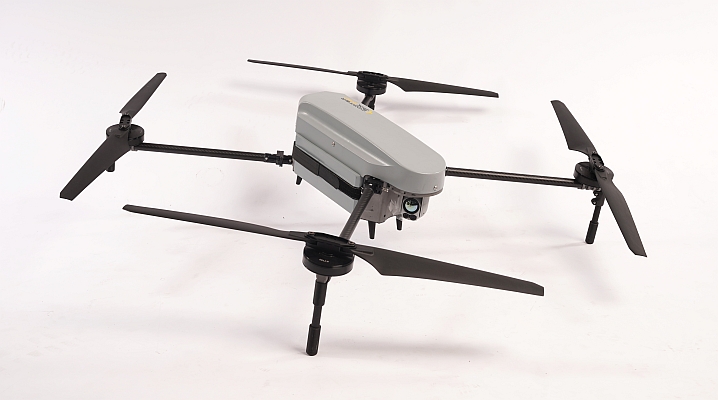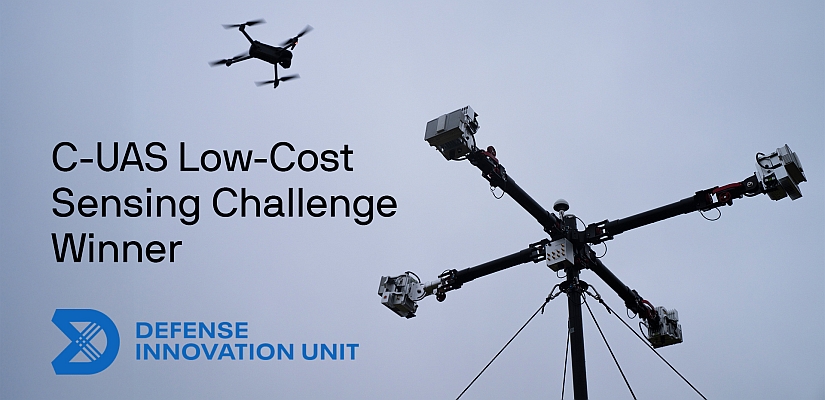Safe Software today launched a new version of its spatial data transformation platform, FME 2011. Built to address industry advancements and customer feedback, FME 2011 offers extraordinary new powers to help organizations take command of spatial data and smash through the latest data interoperability barriers more quickly and easily than ever before.
“In today’s environment of an ever-expanding diversity of data formats and data models, as well as increasing data volumes, organizations are facing more and more pressure to maximize the use of their spatial data for planning and decision making,” says Dale Lutz, Vice-President of Development at Safe Software. “GIS, CAD, IT, and other technical professionals have no choice but to become the friendly neighborhood spatial data superheroes in their organizations – and our role is to equip them. That’s why in FME 2011, we’ve made innovations and enhancements that empower people to harness their data assets, do more with less, and ensure their organizations are ready for whatever tomorrow brings.”
Harness the power of point clouds
As LiDAR increasingly enters the mainstream, many organizations are looking for a way to harness the power and potential of point clouds. To address this growing need, FME 2011 introduces support for point cloud data, enabling organizations to efficiently:
* Integrate point clouds with conventional GIS data
* Restructure point cloud datasets by clipping, thinning, reprojecting, combining, splitting, and creating surface models
* Read and write point cloud data in a range of industry standard formats, including LAS (multiple versions), Pointools POD (Point database), and XYZ ASCII
By tapping into these powerful spatial data transformation capabilities, organizations can now fully maximize their investment in 3D point data, while creating new ways for end users to visualize and analyze information.
Perform superhuman data transformation feats with even less resources
Recognizing the ever-growing pressure organizations face to “do more with less”, FME 2011 introduces many usability improvements and innovative features that not only make creating and maintaining spatial data transformation workflows (“workspaces”) faster and easier than ever before, but also help new users quickly learn how to use FME to solve a wide range of data interoperability challenges. Highlights include:
* Inline inspection: A key innovation in FME 2011, Inline Inspection lets users pause the transformation process to instantly examine the current state (geometry and attributes) of their data. Users can now benefit from this “X-ray vision” to quickly create workspaces with this new superfine feature-level debugging power.
* Templates: Designed as a starting point for common spatial data transformation tasks, quickstart templates enables users to author new workspaces at lightning speeds. Users can also publish their own workspaces as templates for efficient re-use and sharing with others.
* Scheduling: With the new time-saving scheduling tool in FME Server 2011, organizations can centralize and completely automate their recurring data transformation workflows – no human intervention required.
* XML Innovations: Thanks to the XMLTemplater, validation, styling, metadata, and cataloguing capabilities, FME 2011 decimates the time it takes to work with XML data. Superhuman XML expertise is no longer required!
* Performance Improvements: FME 2011 delivers on Safe Software’s commitment to ensure that every release of FME is faster than the last. Performing data transformations in FME 2011 is now an average of 11% faster than the previous version.
Follow us on Twitter.







